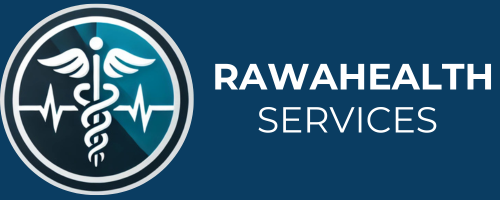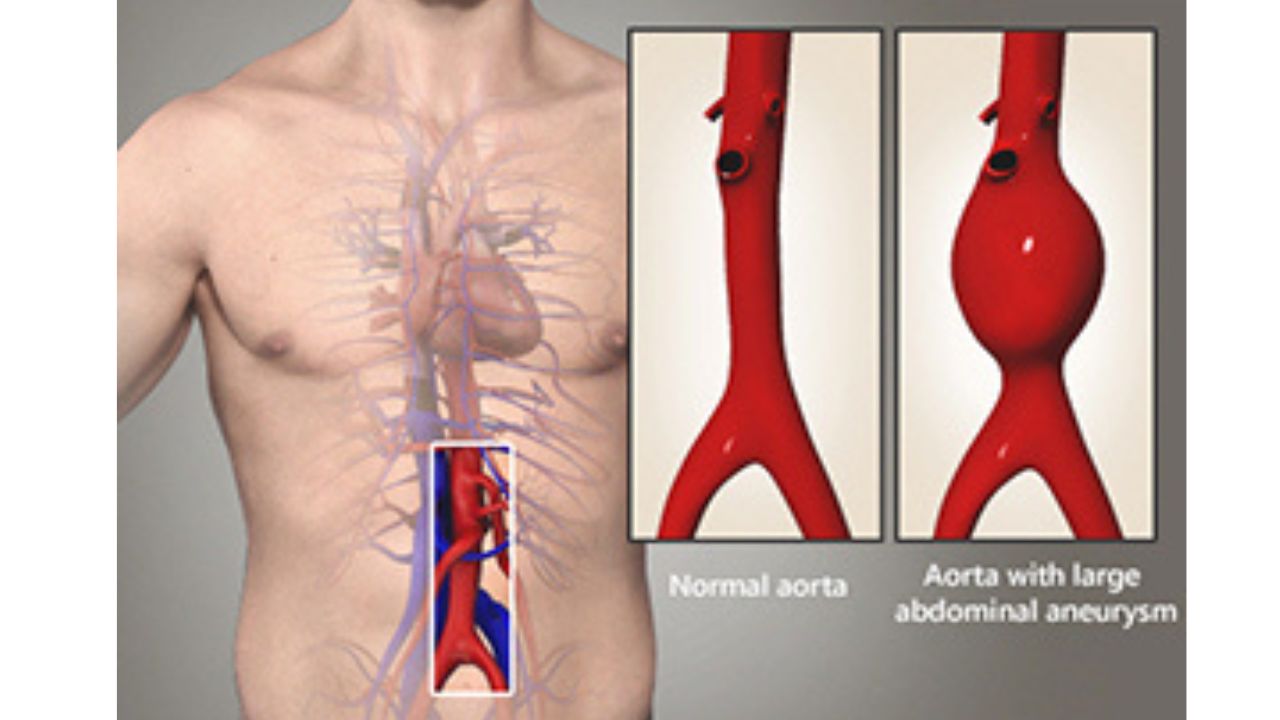Endovascular Aneurysm Repair in India: A Comprehensive Overview
What is Endovascular Aneurysm Repair (EVAR)? Endovascular Aneurysm Repair (EVAR) is a minimally invasive procedure used to treat abdominal aortic aneurysms (AAA). This advanced technique involves inserting a delivery sheath into an access channel, often the common femoral artery. The procedure utilizes folded and compressed endograft components, which, once placed, expand to seal off the aneurysm. The endograft remains in place by adhering to the walls of the aorta and iliac arteries, effectively diverting blood flow away from the aneurysm sac.
Benefits of EVAR
Compared to traditional open AAA repair, EVAR significantly reduces perioperative mortality due to its minimally invasive nature. It avoids the need for aortic clamping and direct exposure of the aorta, which lowers the risk of complications and speeds up recovery time. Patients undergoing EVAR can benefit from a shorter hospital stay and a quicker return to normal activities.
Cost of EVAR in India
India offers a cost-effective alternative for endovascular aneurysm repair. The procedure in India is substantially less expensive compared to the US, Russia, or the UK. Indian healthcare facilities provide high-quality medical care with state-of-the-art equipment and experienced medical staff, ensuring excellent outcomes at affordable prices.
Understanding Abdominal Aortic Aneurysms
An abdominal aortic aneurysm is a dangerous condition where the wall of the aorta weakens and bulges. The aorta, the largest artery in the body, carries oxygen-rich blood from the heart to the rest of the body. If an aneurysm ruptures, it can lead to severe internal bleeding, shock, and potentially death. Early detection is crucial, as many aneurysms are asymptomatic and are often discovered incidentally during imaging for other conditions.
Risk Factors for Abdominal Aortic Aneurysms
Several factors can contribute to the development of abdominal aortic aneurysms, including:
- High blood pressure
- Smoking
- Atherosclerosis
- Certain infections, such as untreated syphilis
- Genetic disorders like Marfan syndrome
- Aging
Types of Endovascular Grafting
Endovascular grafting, including EVAR, is used to repair aortic aneurysms through minimally invasive methods. Variations of this procedure include:
- Thoracic Endovascular Aneurysm Repair (TEVAR): For aneurysms in the thoracic aorta.
- Fenestrated Endovascular Aneurysm Repair (FEVAR): For complex aneurysms involving branches of the aorta.
Symptoms and Urgency
While many abdominal aortic aneurysms are asymptomatic, some individuals may experience symptoms such as:
- A pulsing sensation in the abdomen
- Discomfort in the groin, chest, stomach, or lower back
- Sharp, stabbing pain indicating a possible rupture
A ruptured aneurysm requires immediate medical attention. Symptoms of a rupture include severe dizziness, rapid heartbeat, weakness, or loss of consciousness.
Conclusion
Endovascular Aneurysm Repair in India provides an effective and affordable solution for treating abdominal aortic aneurysms. With its minimally invasive approach, EVAR offers numerous benefits, including reduced recovery time and lower risk of complications, making it a favorable option for patients seeking advanced care in a cost-effective setting.





